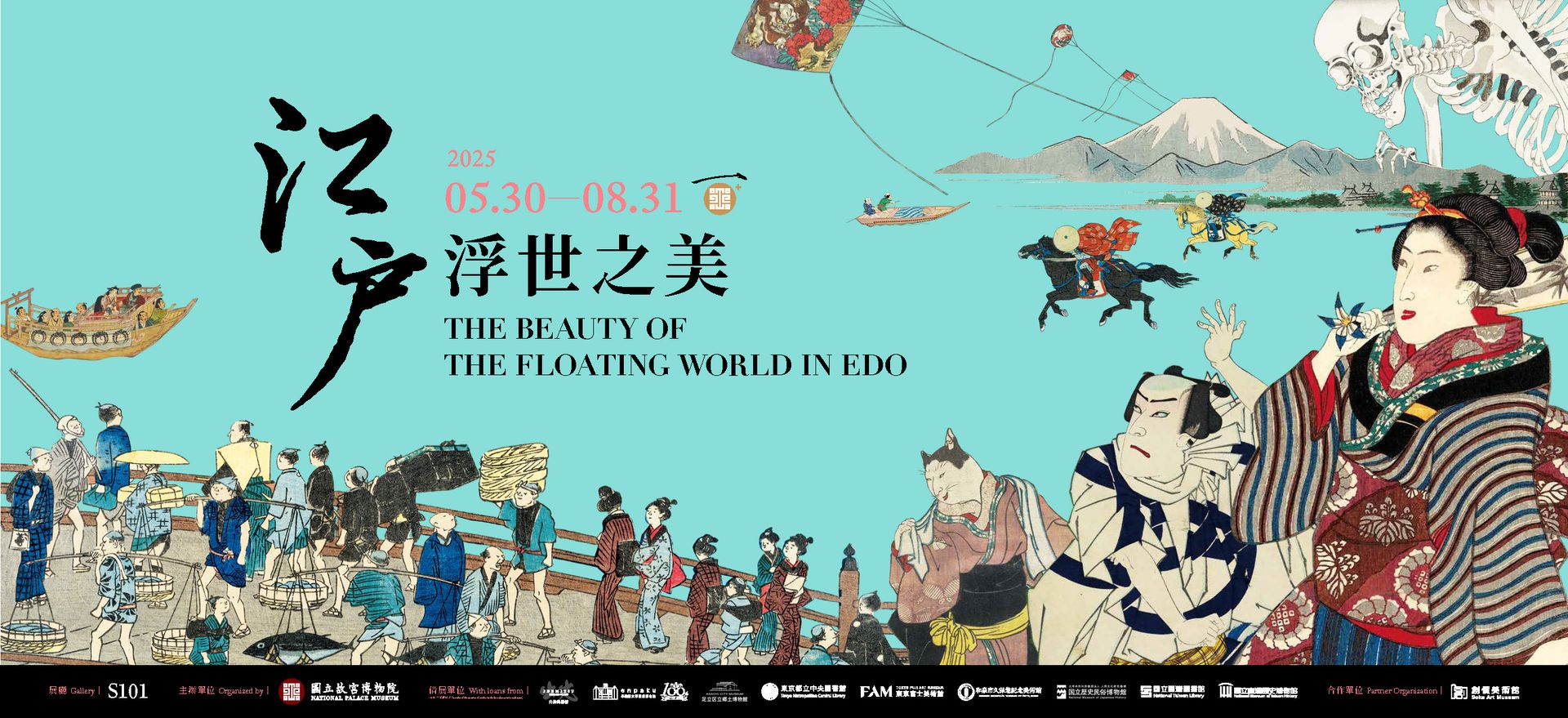Border-Transcending Exchanges
The artisanship used to produce ukiyo-e works not only reflected extremely high levels of technical skill and creativity, but also embodied motifs that were shared transnationally in the East Asian cultural sphere. Ukiyo-e’s polychromatic printing using overlaid images allowed for the creation of richly layered images with exquisite coloration, making manifesting their painters’ profound mastery of artistic composition. Following along with the surging popularity of tourism, the subject matter of landscape paintings transcended temporal and geographical boundaries, expanding to include all regions of Japan and even Taiwan. Ukiyo-e thus became a visual media that linked the cultures of different regions. Ukiyo-e paintings and prints initiated an ongoing conversation between the arts and geographical destinations,providing viewers with diverse contexts and perspectives through which to understand urban culture and international exchanges during the Edo period.
-
Thirty-Six Views of Mount Fuji: The Great Wave off Kanagawa
1831
Katsushika Hokusai
Tokyo Fuji Art MuseumThe towering wave in the foreground appears to engulf the small boats, with the fishermen rising and falling amid the surging waters. Beneath the cresting wave, Mount Fuji sits calmly at the center of the composition, showcasing a stunning contrast between dynamic motion and serene stillness. As one of the most iconic works in Japanese art history, this piece was chosen as the representative image on the new 1,000-yen banknote issued in 2024, reflecting its profound cultural significance. Notably, Vincent van Gogh praised the composition, describing the great wave as resembling “the claws of an eagle,” a metaphor that contributed to the work's influential role in global art history since the late 19th century.
This print is a prime example of the maturity of polychrome woodblock printing, achieved through multiple layers of printing. Tracing the evolution of ukiyo-e printmaking, the art progressed from monochrome "sumizuri-e" to full-color "nishiki-e," passing through intermediate stages such as "tan-e" and "beni-e." In 1765, Suzuki Harunobu established the technique of nishiki-e. This particular work also broke new ground by using “Berlin blue” (Prussian blue), a chemical dye imported from the West, instead of traditional plant-based pigments—marking the beginning of a new chapter in the dialogue between ukiyo-e and Western art.


